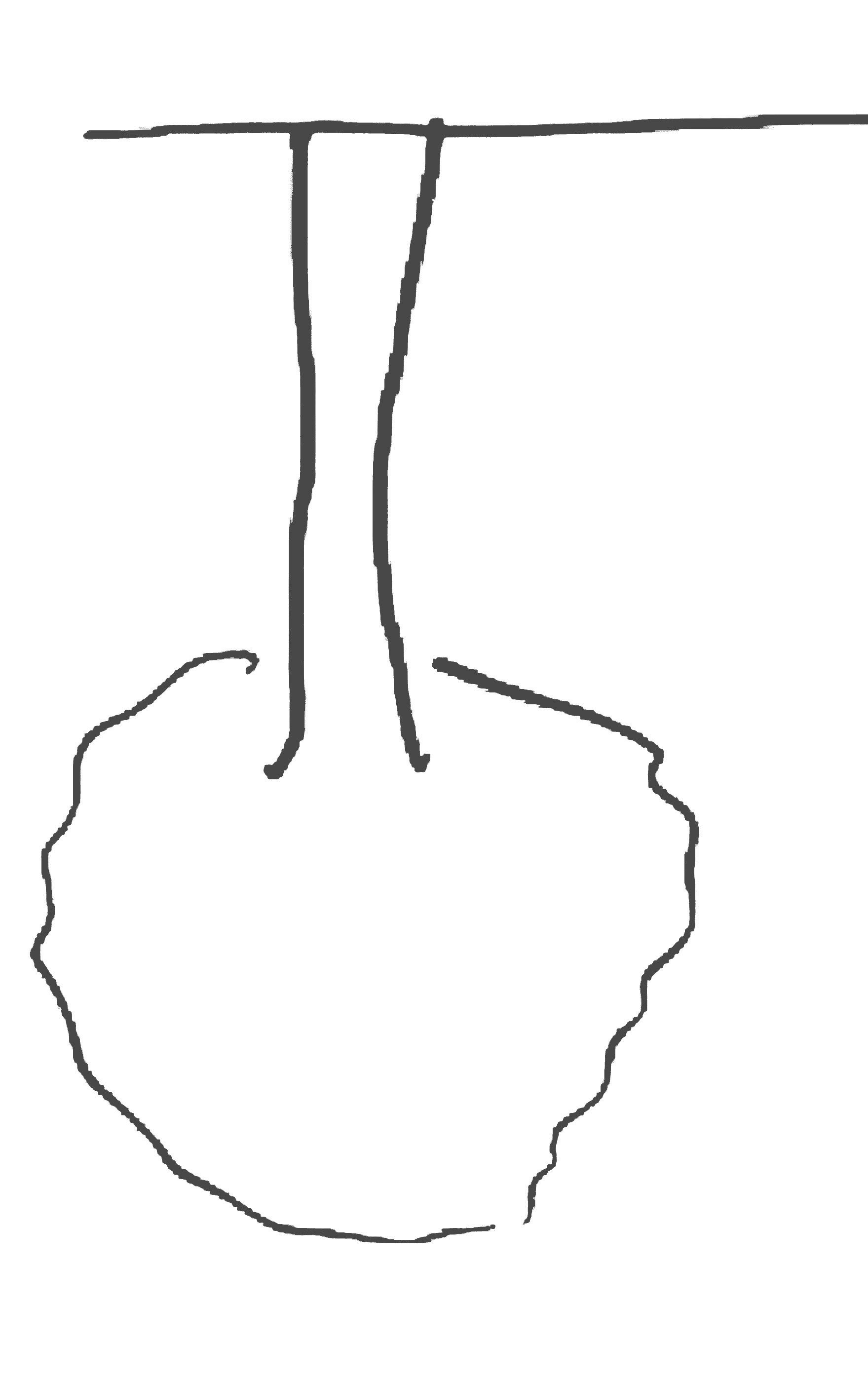/ FORMACIÓ D'UN MIRAGE
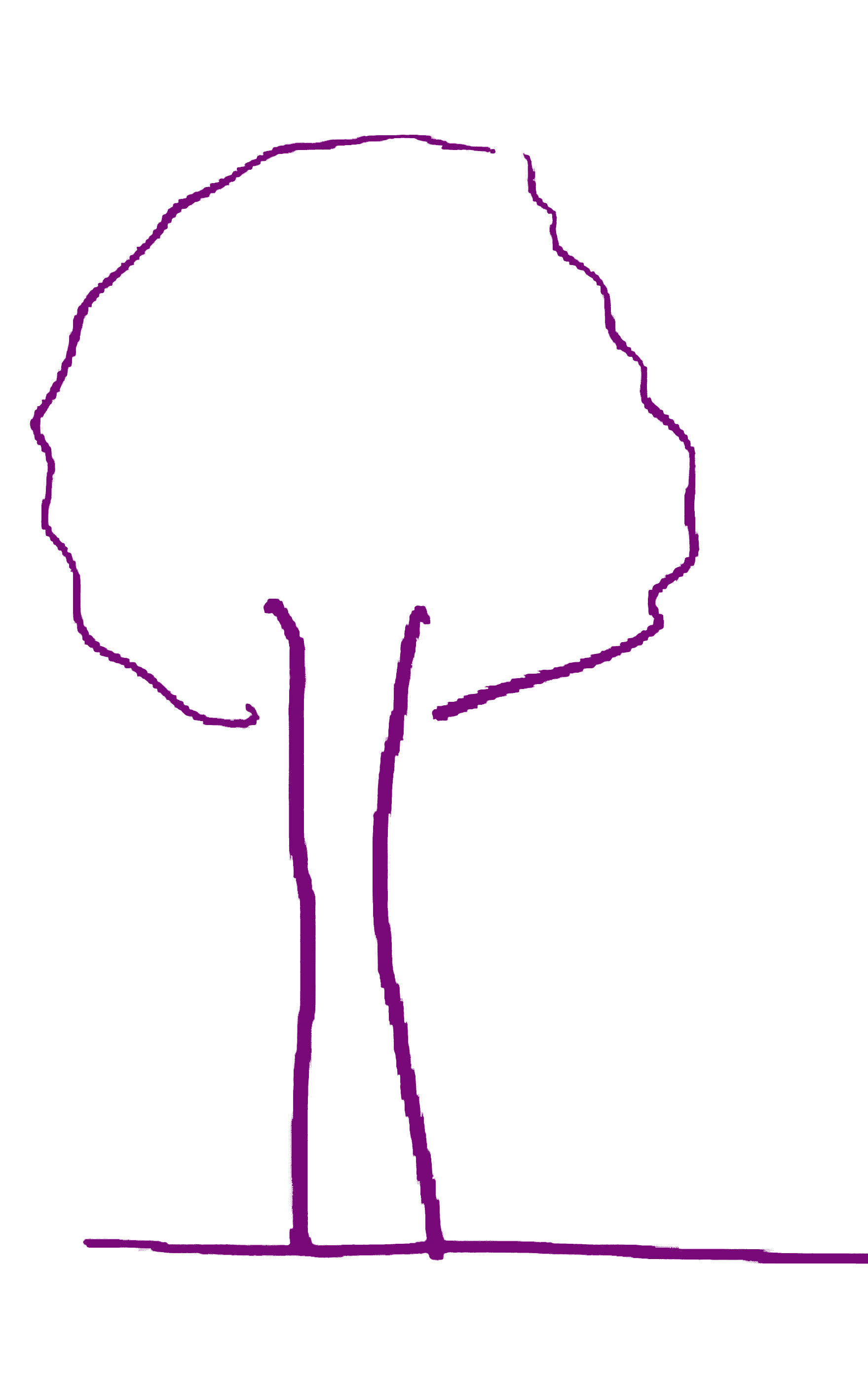
Quan viatgem a l'estiu calorós, veiem miratges d'aigua i arbres a l'horitzó llunyà.
Els miratges es produeixen quan el terra està molt calent i l'aire és fresc. El sòl calent escalfa una capa d'aire just a sobre de la superficie. Quan la llum es mou a través de l'aire fred i cap a la massa d'aire calent es refracta. La massa d'aire molt càlid prop del terra refracta la llum del cel gairebé en una curva en forma d'U. El nostre cervell però, pensa que la llum ha viatjat en línia recta.
El cervell humà no interpreta la imatge com una llum refractada del cel, enten que la llum ha de venir d'algun objecte a la superficie.
-
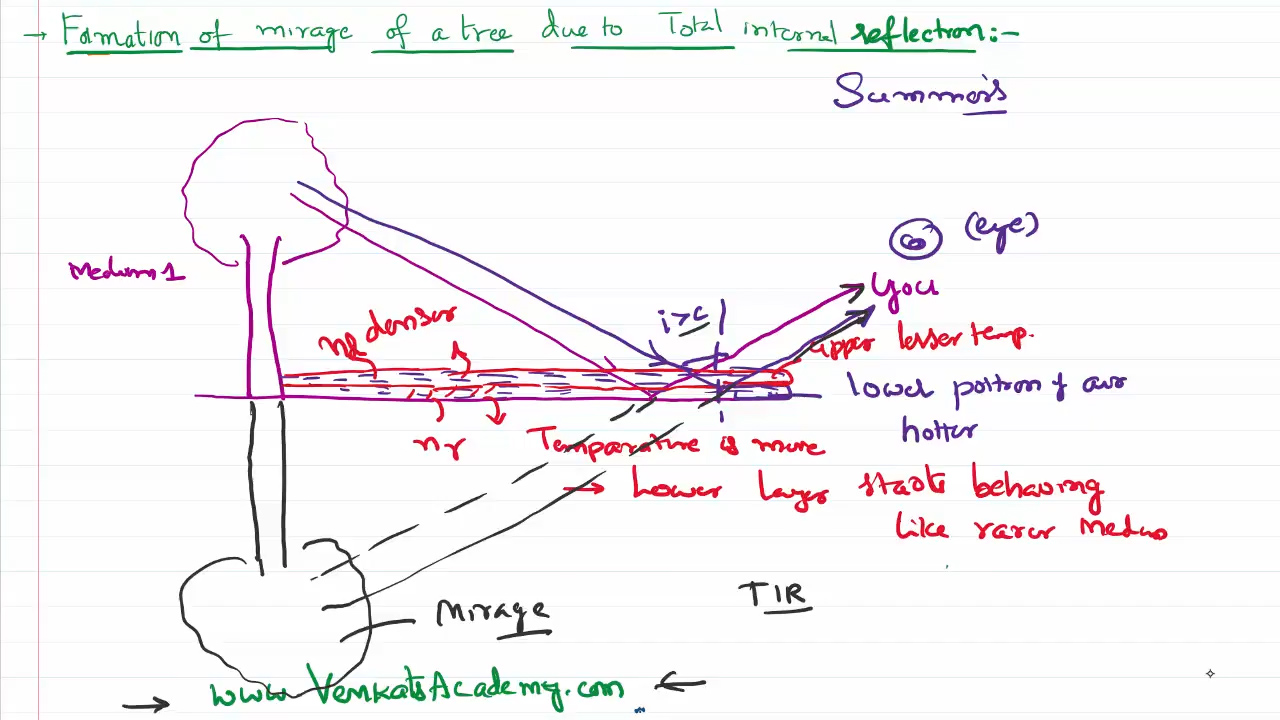
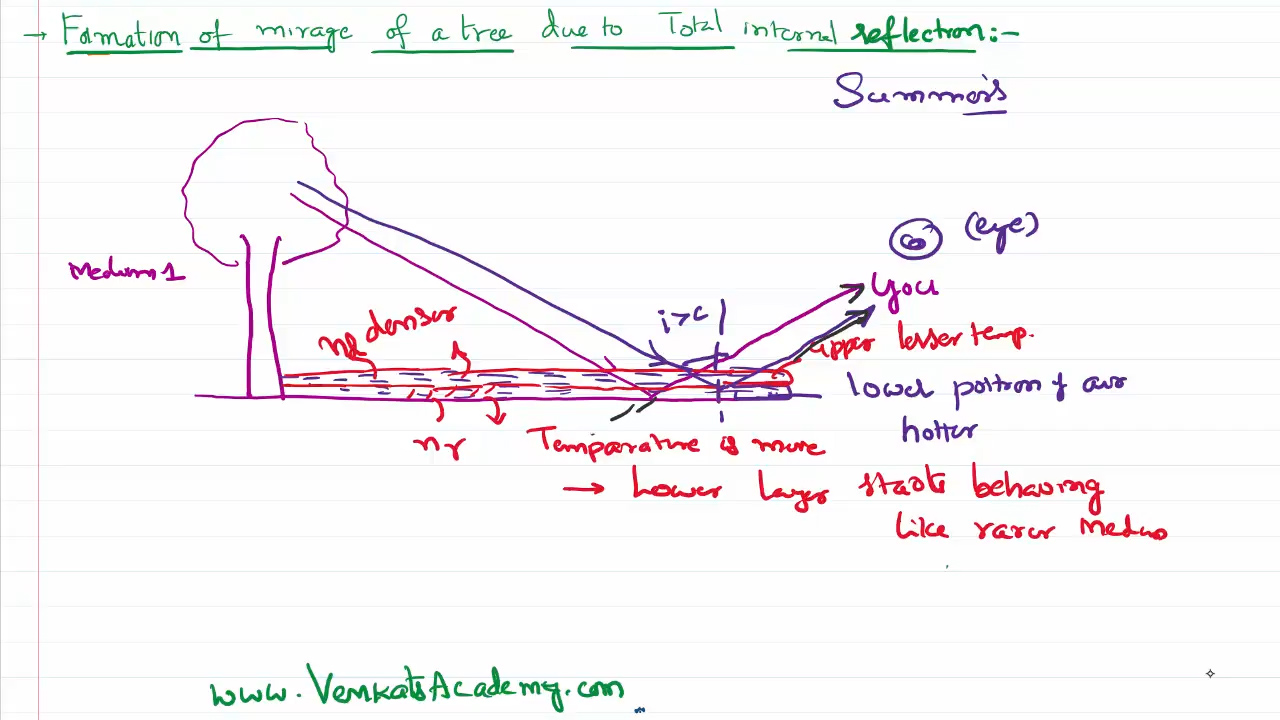
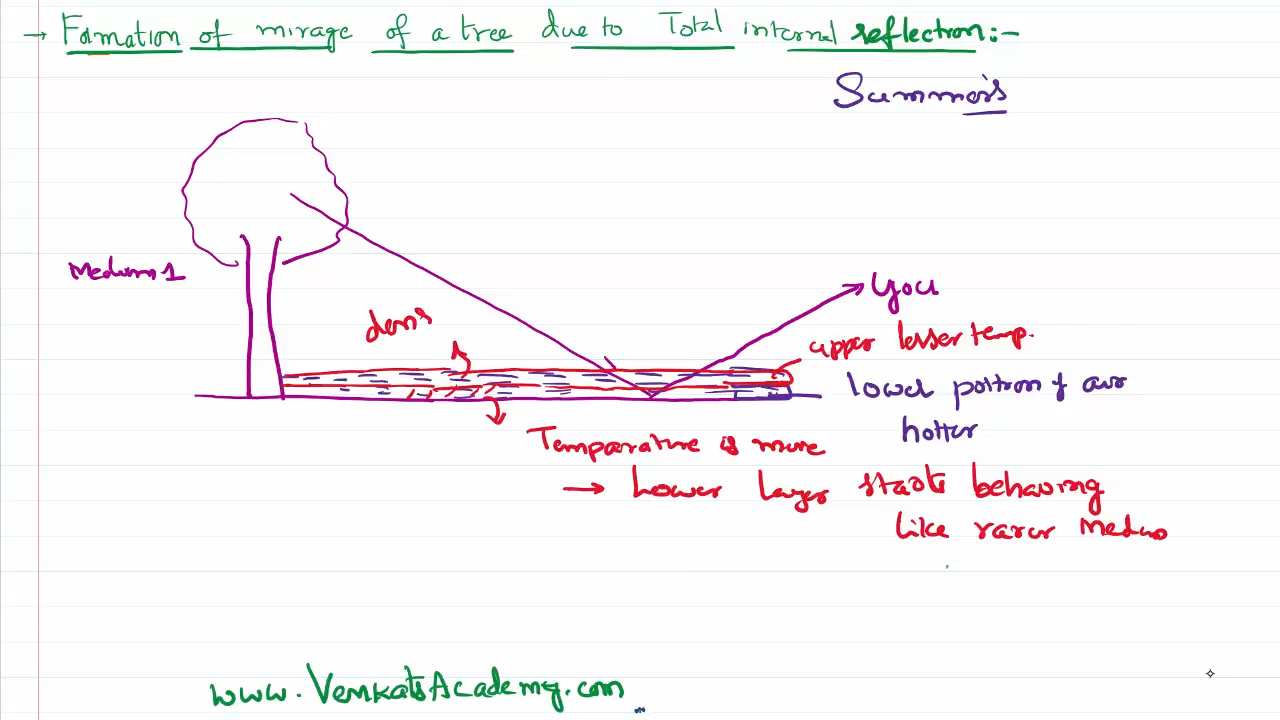
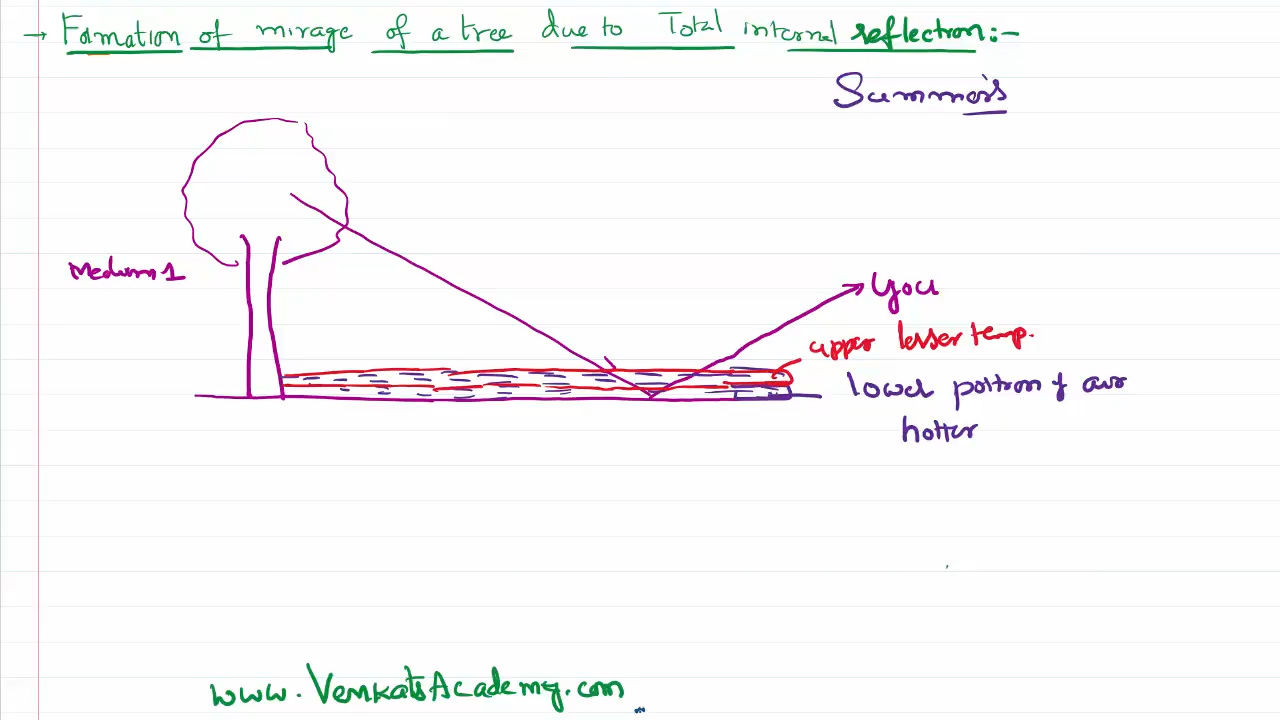
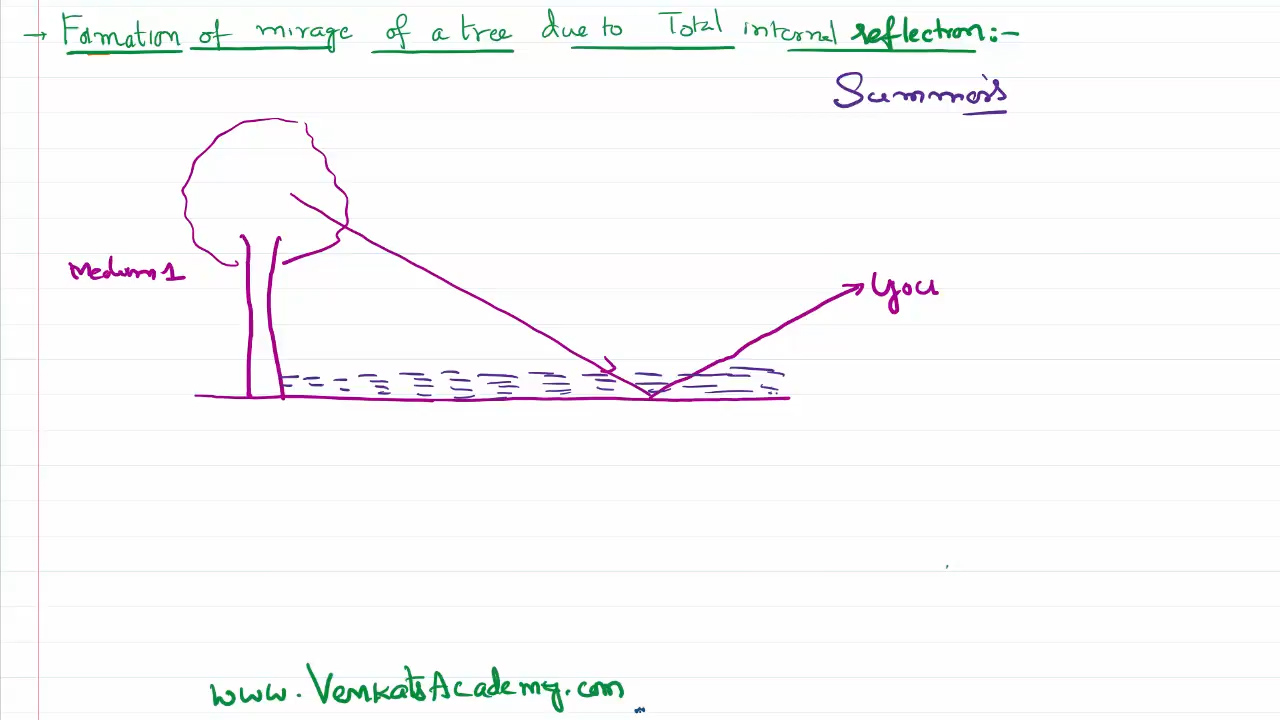



Formació d'un miratge degut a la reflexió interna total.
